IN PICTURES: French drought intensifies as River Loire dries up
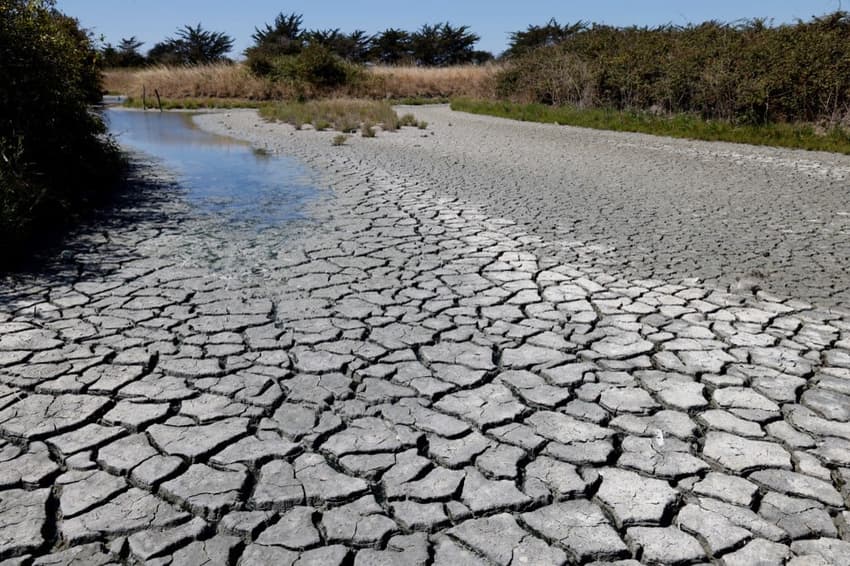
As France continues to suffer its worst drought on record, many of its mighty rivers - including the Loire and the Dordogne - have in some areas dwindled to a trickle while in other regions lakes and reservoirs have vanished.
Almost all of France is now under some level of water restrictions and in many communes tap water has been rationed or even cut off altogether as supplies run dry.
The climate crisis-linked drought - intensified by an unusually hot summer - has dried out many subterranean water supplies, but the country's rivers are also affected.
From the Loire to the Dordogne, rivers are slowing to a trickle - as this aerial video from French TV channel LCI shows.
La Loire, this well-known French river with all the famous castles on its shores.
You can now walk across it.#drought22 #ClimateEmergency
pic.twitter.com/XD0EIbPk9l
— Mélanie Vogel (@Melanie_Vogel_) August 7, 2022
The River Loire today, Loireauxence, Loire-Atlantique, France 🇫🇷 pic.twitter.com/eztDQLezVZ
— Desomag (@Desomag) August 10, 2022
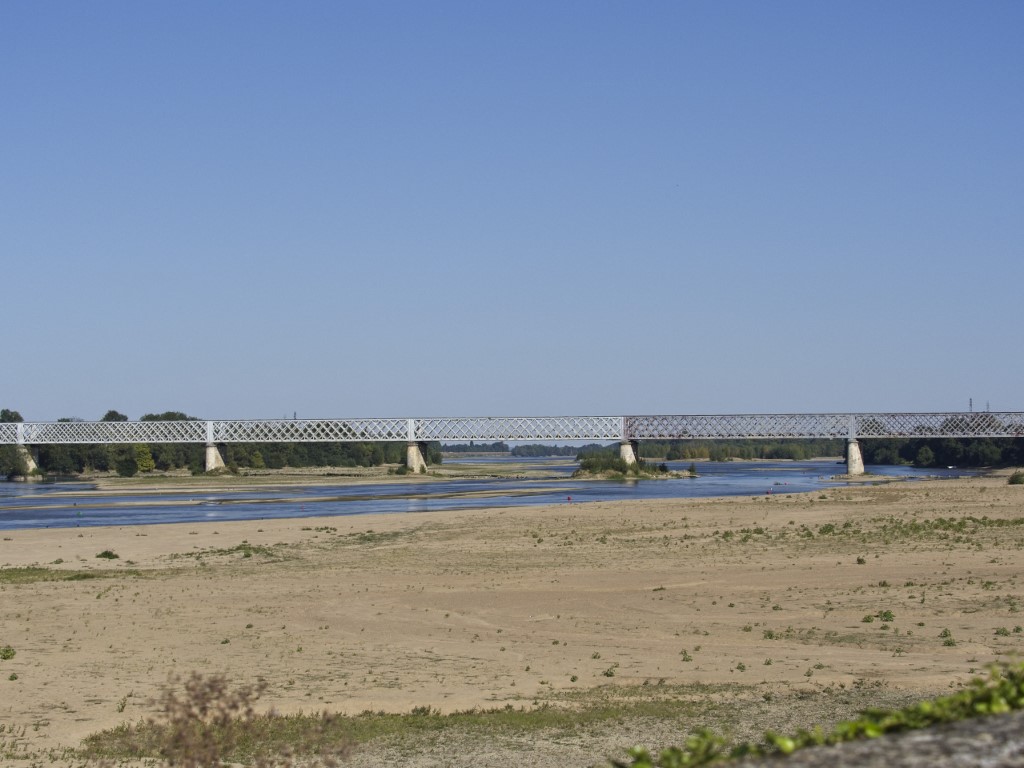
The dry bed of the Loire River in Saumur, western France on August 8th. Photo by GUILLAUME SOUVANT / AFP)
The ever-shrinking Dordogne. At puddle-depth in many places. Sorry, didn’t intend to write depressing doom-laden tweet! Still looks beautiful though. Bonne journée ! pic.twitter.com/iL5ULrCH37
— Franglaise (@frangla) August 11, 2022
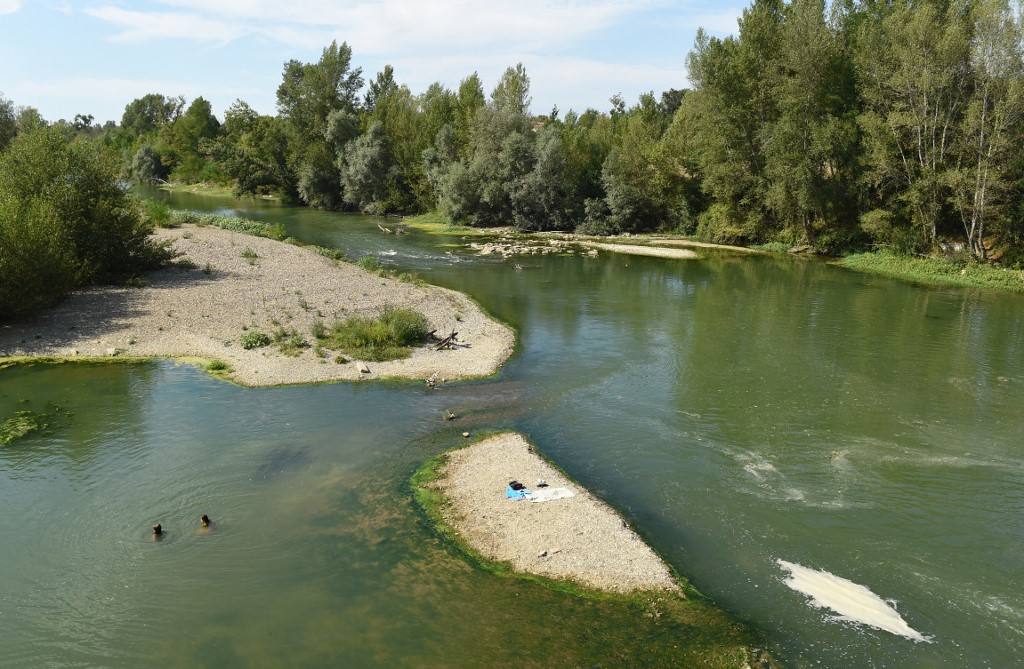
Swimmers bathe in the Adour river near Aire-sur-Adour, southwestern France, on August 9th. Photo by GAIZKA IROZ / AFP
Across France many lakes have also virtually dried up, while reservoirs are at a perilously low level.
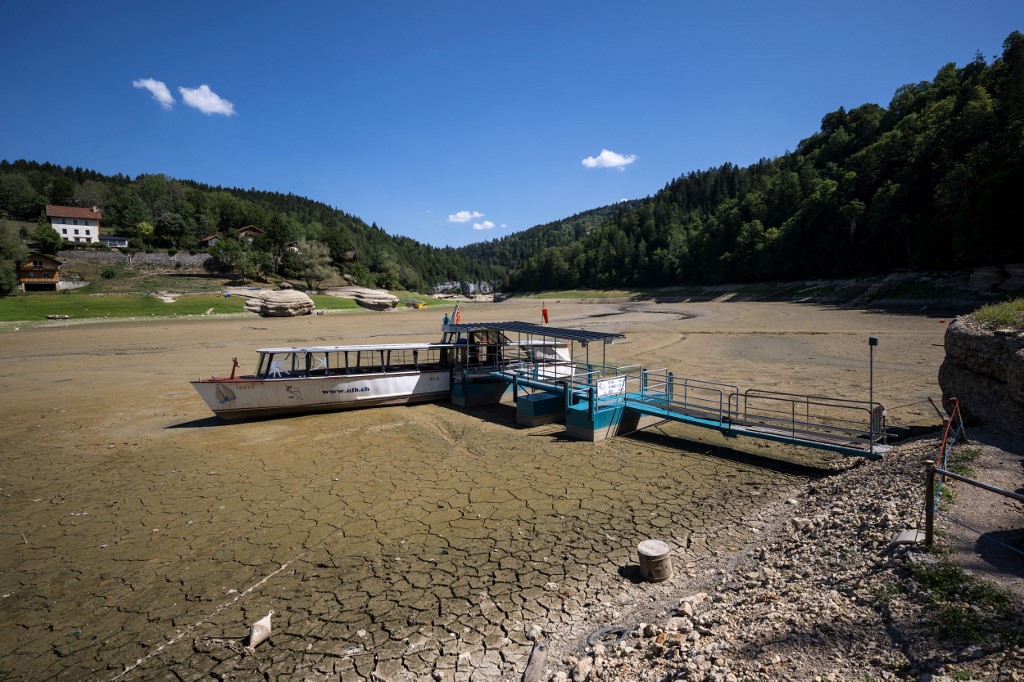
The dry bed of Lac des Brenets, part of the Doubs River, a natural border between eastern France and western Switzerland. Photo by Fabrice COFFRINI / AFP
In inland areas, many lakes have 'beaches' that serve as leisure attractions for locals who are too far away for day-trips to the sea - complete with sun-beds, bars, cafés and souvenir stalls.
Some lake beaches have been forced to close because of the lack of water.
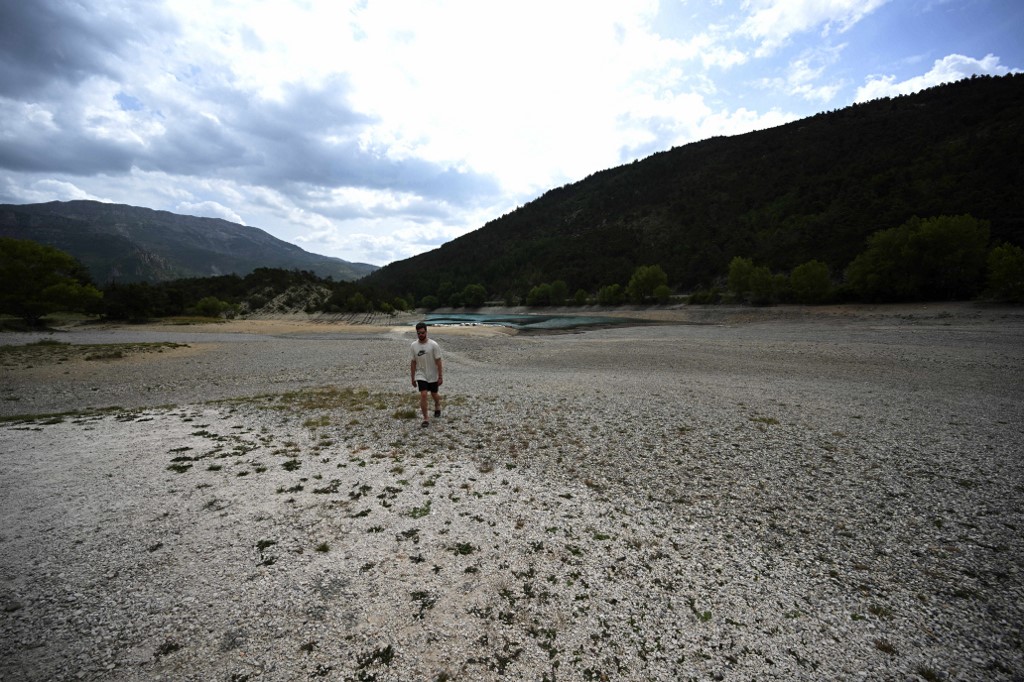
A man walks at the Castillon lake, partially dried out, in Saint-Andre-les-Alpes, southeastern France. Photo by Christophe SIMON / AFP
Marshland has also dried out, threatening wildlife and also the livelihood of France's artisan salt-makers, who produce fleur de sel from salt marshes around the French coastline.
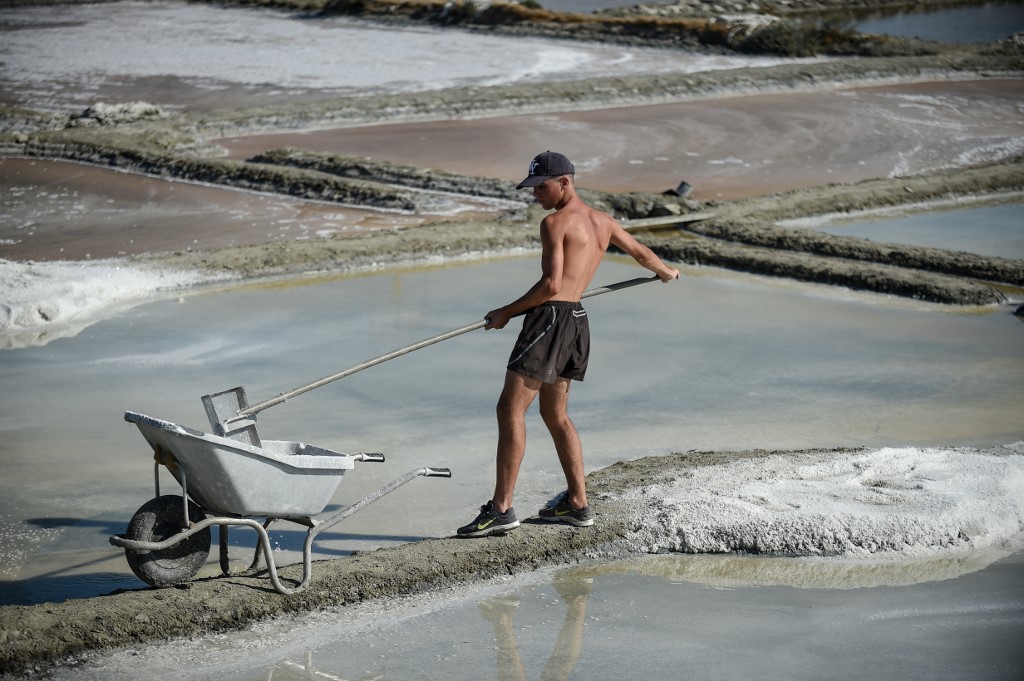
French salt worker Evan Thoby collects salt flowers in salt marshes, in Batz-sur-Mer, western France. Photo by Sebastien SALOM-GOMIS / AFP
These scenes have been repeated across Europe, including in Italy where the Po river has dried up and Germany where the Rhine - which carried a huge amount of freight traffic in normal times - is perilously low and has had to restrict shipping.
Comments
See Also
Almost all of France is now under some level of water restrictions and in many communes tap water has been rationed or even cut off altogether as supplies run dry.
The climate crisis-linked drought - intensified by an unusually hot summer - has dried out many subterranean water supplies, but the country's rivers are also affected.
From the Loire to the Dordogne, rivers are slowing to a trickle - as this aerial video from French TV channel LCI shows.
La Loire, this well-known French river with all the famous castles on its shores.
— Mélanie Vogel (@Melanie_Vogel_) August 7, 2022
You can now walk across it.#drought22 #ClimateEmergency
pic.twitter.com/XD0EIbPk9l
The River Loire today, Loireauxence, Loire-Atlantique, France 🇫🇷 pic.twitter.com/eztDQLezVZ
— Desomag (@Desomag) August 10, 2022

The ever-shrinking Dordogne. At puddle-depth in many places. Sorry, didn’t intend to write depressing doom-laden tweet! Still looks beautiful though. Bonne journée ! pic.twitter.com/iL5ULrCH37
— Franglaise (@frangla) August 11, 2022

Across France many lakes have also virtually dried up, while reservoirs are at a perilously low level.

In inland areas, many lakes have 'beaches' that serve as leisure attractions for locals who are too far away for day-trips to the sea - complete with sun-beds, bars, cafés and souvenir stalls.
Some lake beaches have been forced to close because of the lack of water.

Marshland has also dried out, threatening wildlife and also the livelihood of France's artisan salt-makers, who produce fleur de sel from salt marshes around the French coastline.

These scenes have been repeated across Europe, including in Italy where the Po river has dried up and Germany where the Rhine - which carried a huge amount of freight traffic in normal times - is perilously low and has had to restrict shipping.
Join the conversation in our comments section below. Share your own views and experience and if you have a question or suggestion for our journalists then email us at [email protected].
Please keep comments civil, constructive and on topic – and make sure to read our terms of use before getting involved.
Please log in here to leave a comment.